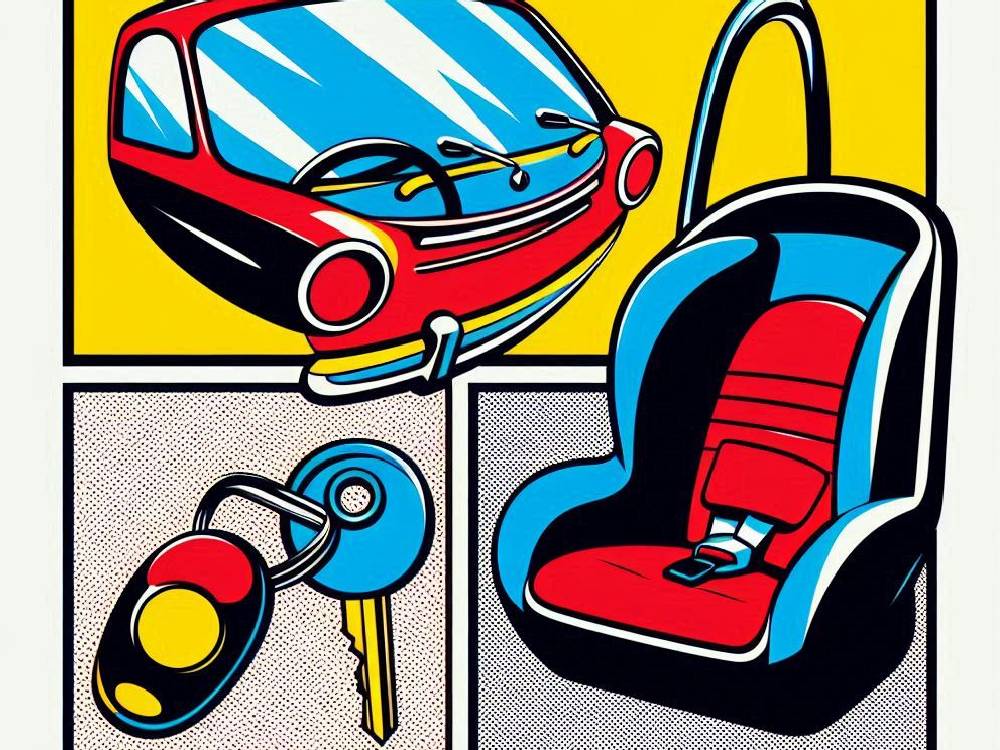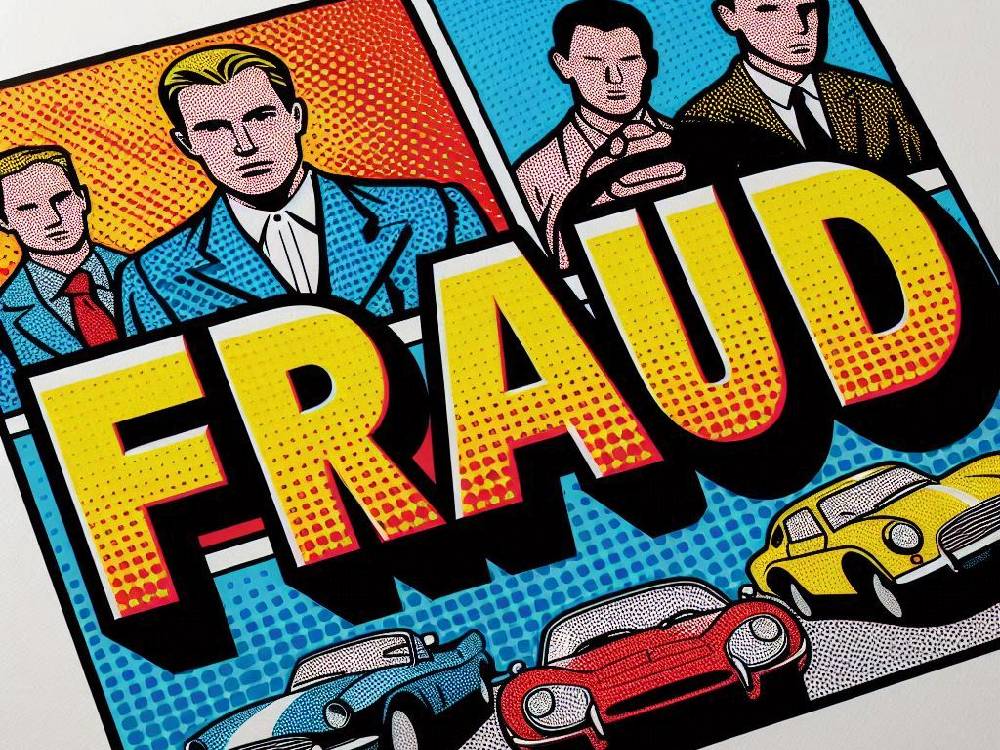Introduction
Think you’re getting a great deal on the cheapest car insurance?
You might be — on the surface.
But behind the rise in “Essentials,” “Light,” or “Value” policies lies a quiet trend that could leave British drivers shockingly underinsured.
Since the introduction of the General Insurance Pricing Practice (GIPP), these cheaper policies have surged in popularity.
They’re tempting.
They’re marketed cleverly.
But they often miss out on core protections — the kind that actually matter when things go wrong.
And it’s not just a few fringe policies either.
This is now mainstream.
Let’s take a closer look at what’s happening — and why millions of UK motorists may not be as protected as they think.
Why Budget Car Insurance Policies Are Surging In The UK
From Eight to Twenty-Two: The Explosion of ‘Essentials’ Policies
Let’s start with the numbers.
Before 2022, there were just eight basic car insurance policies available.
Now?
There are 22.
That’s nearly triple — in just a few years.
Why the sudden rise?
Because after the GIPP rules came into play, insurers needed new ways to compete.
So, they stripped down policies.
They cut what they saw as “non-essentials.”
Then, they repackaged these leaner products as low-cost alternatives — often with appealing names like “Value” or “Light.”
Sounds good, right?
It is… until you need to claim.
The GIPP Regulation — And Its Unintended Consequences
The General Insurance Pricing Practice, enforced from January 2022, was meant to fix something important:
The “loyalty penalty.”
That’s when insurers charge loyal, long-term customers more than new ones.
Thanks to GIPP, this pricing loophole was closed.
But there was a ripple effect.
Since insurers could no longer quietly bump prices for existing customers, they looked elsewhere to cut costs.
Enter: the rise of the “lighter” policy.
These cheaper policies let insurers offer something at a lower price — without technically breaking the new rules.
But here’s the kicker…
Many of these new policies look like standard cover — but leave out vital protections.
Need help comparing the differences?
Start here with our car insurance options guide.
The Illusion Of A Bargain — What’s Actually Missing?
On paper, these policies can seem like a win.
But dig deeper.
You’ll often find the following are not included:
- Windscreen cover
- Personal belongings
- Stolen or lost car keys
- Child car seats
These aren’t just extras — they’re the things people actually use when they file claims.
Windscreen chips?
Happens all the time.
Lost keys?
That’s a £300+ mistake without cover.
And child car seats?
You should always replace them after an accident — but some policies refuse to cover the cost.
Want to explore even more ways to save without losing protection?
Check out our guide to very cheap car insurance.
Why You Might Be Unknowingly Underinsured With Cheapest Car Insurance
Here’s the part that should worry every driver:
Most people don’t read the fine print.
And even fewer know what they’re missing — until it’s too late.
You might assume a “comprehensive” policy includes everything.
But if it’s an “essentials” version?
You could be left footing the bill for:
- Replacing stolen items
- Fixing your cracked windscreen
- Towing after a breakdown
- Replacing a child seat after a crash
And that’s before your excess kicks in.
The harsh reality?
You’re paying for insurance — but you’re not always paying for cover.
Want to see how these light policies compare to fuller plans?
Explore our breakdown of comprehensive vs third-party.
Families With Young Kids: A Hidden Danger Zone
If you’re a parent, pay close attention.
Many of these budget-friendly policies exclude one of the most critical protections: child car seat cover.
After an accident, even if the car seat looks fine, it may no longer be safe.
But with an essentials policy?
You may have to replace it out-of-pocket — often without warning.
Here’s the bottom line:
Safety should never be optional.
And yet, for many drivers with “light” insurance, it effectively is.
Curious how this affects mums, dads, and family drivers specifically?
Read our guide to cheap car insurance for women.
What You Can Do To Protect Yourself
How to Read the Fine Print (Even If You Hate Reading)
Let’s face it.
Most people skim through policy documents.
However, that habit can cost you.
Because the exclusions?
They’re almost never where you expect them.
In fact, they’re often buried at the bottom — just where your eyes start glzing over.
So, what should you focus on?
Here’s how to stay one step ahead:
- First, check for windscreen cover.
- Next, look for protection for personal items.
- Then, confirm coverage for child seats and lost keys.
- Finally, examine the claims process — especially excess fees.
Still with me?
Great.
Because this small habit of reading the fine print could save you hundreds, if not thousands.
To get started, our guide to saving money explains how to compare policies without sacrificing quality.
Questions To Ask Before You Buy Cheapest Car Insurance
Before you lock in that lower price, take a moment.
Ask yourself a few key questions:
- Am I protected for what matters most to me?
- Have I compared this to a comprehensive policy?
- Will this cover my real-world lifestyle — kids, gadgets, commuting?
- What happens if I need to make a claim?
- Could I afford what’s not covered?
These aren’t just checklist items.
They’re your personal risk filter.
Ultimately, asking the right questions upfront could prevent a financial nightmare later.
Even better, you can learn to switch car insurance without losing essential cover.
When Cheapest Insurance Isn’t Smarter — A Real-World Example
Let’s imagine someone like Alex from Manchester.
He wanted to save money, so he chose cheapest policy online.
Initially, it looked like a great deal — £10 cheaper each month.
However, just three months later, a thief smashed his car window and stole a child booster seat and sat nav.
Since Alex hadn’t checked the exclusions carefully, he quickly discovered the harsh truth:
- Windscreen cover wasn’t included
- Child car seats weren’t covered
- Personal items weren’t protected
As a result, he paid over £400 out of pocket.
Clearly, what looked like a small saving turned into a major expense.
So, if you’re leaning toward a budget policy, pause and reconsider.
Make sure the price you pay reflects the protection you actually need.
Conclusion
To wrap things up…
Yes, “Essentials” and “Light” car insurance policies can appear attractive.
They offer lower premiums and the illusion of a better deal.
Yet, beneath the surface, many drivers are unknowingly buying less cover than they truly need.
That’s why every motorist — especially those with families or frequent travel needs — must dig deeper.
Before you click “buy,” always do the following:
- Carefully read the fine print
- Understand what’s excluded
- Ask smart questions
- Choose cover that fits your life, not just your budget
Don’t just chase the cheapest insurance policy.
Instead, focus on the best value — one that balances cost and comprehensive protection.
After all, real peace of mind doesn’t come from saving a few pounds.
It comes from knowing you’re truly covered when it counts.
Related Articles You May Like
Before you go, here are a few more reads that could help you save money and boost your coverage:
- Understanding car excess – is it worth the risk?
- Is third-party cheaper than fully comp?
- Classic car insurance – what does it cover?














